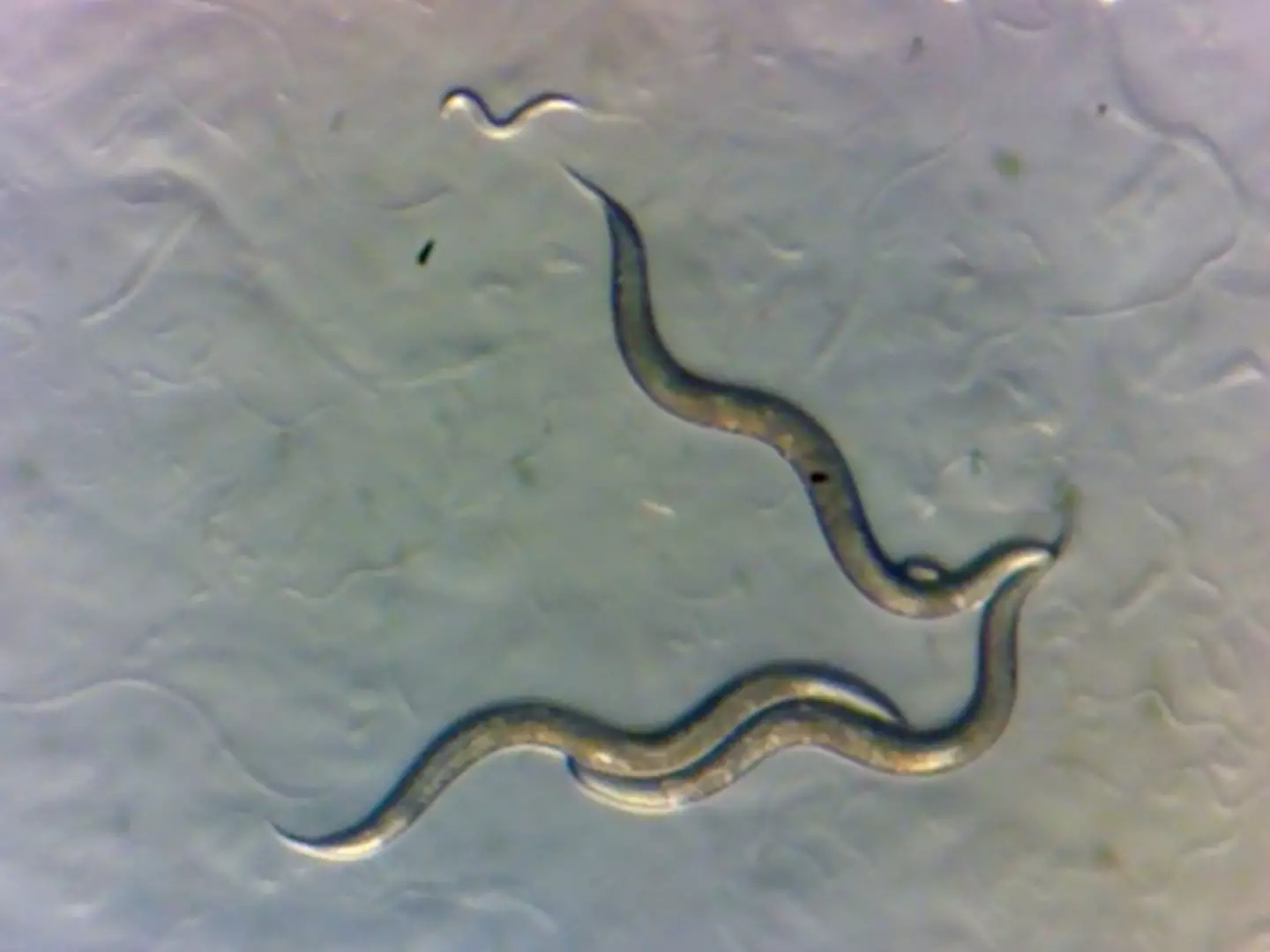.png)
Whether you've played the iconic Call of Duty 4 or watched the recent HBO mini-series, it's hard not to have come across the Chernobyl nuclear disaster almost 40 years ago.
But despite the almost four decade time gap between now and the event, it continues to make headlines, with one of the most recent discoveries surprising scientists researching the area.
They continue to urge caution while being fascinated by the discovery.
What happened at Chernobyl?
Embedded in Europe's recent history, the catastrophic incident in 1986 happened after a huge explosion in the Chernobyl Nuclear Power Plant. It was so bad it was then the only nuclear incident rated at a maximum severity of seven; joined only by 2011's Fukushima nuclear incident in Japan just more than a decade ago.
Advert
Half a million people were involved in the response, whether being evacuated or taking part in the emergency response to control the spread of radiation.
An exclusion zone was quickly set up, with no member of the public allowed within a 10 kilometre radius of the power plant.
Nature has taken over in the 38 years since with mutant wolves roaming where humans can't.
Advert
In fact, plant life has somewhat flourished alongside animal-kind, with scientists using the time since the explosion to study the impacts of radiation on both flora and fauna.
What have scientists discovered?
Now a new study led by researchers at New York University (NYU) has left scientists wide-eyed after discovering that one animal exposed to chronic radiation has not been damaged in the slightest.
They stress that it doesn't mean the area is safe for humans to come back. Instead, the animals are particularly resistant to radiation itself.
.jpg)
Advert
It's become somewhat of an outlier, with recent research on animals within the Chernobyl Exclusion Zone both genetically and physically different from their equivalents that live free from exposure to extreme radiation.
Sophia Tintori, a postdoctoral associate in the Department of Biology at NYU and the first author of the study, published in the Proceedings of the National Academy of Sciences (PNAS), said: "Chernobyl was a tragedy of incomprehensible scale, but we still don't have a great grasp on the effects of the disaster on local populations.
"Did the sudden environmental shift select for species, or even individuals within a species, that are naturally more resistant to ionising radiation?"
What is the radiation-defying creature in question?
Worms. You weren't expecting that were you.
Advert
Tintori and her colleagues at the university used nematodes, tiny worms with simple genomes and rapid reproduction, to try as part of the new study.
“These worms live everywhere, and they live quickly, so they go through dozens of generations of evolution while a typical vertebrate is still putting on its shoes,” said Matthew Rockman, a professor of biology at NYU and the study’s senior author.
Tintori said: "I had seen footage of the exclusion zone and was surprised by how lush and overgrown it looked—I'd never thought of it as teeming with life. If I want to find worms that are particularly tolerant to radiation exposure, this is a landscape that might have already selected for that."

The worms - from the species oschieus tipulae, which typically lives in soil - were collected from the Chernobyl site in 2019 and brought back to NYU to be studied, which included freezing them.
Advert
“We can cryopreserve worms, and then thaw them for study later. That means that we can stop evolution from happening in the lab, something impossible with most other animal models, and very valuable when we want to compare animals that have experienced different evolutionary histories,” said Rockman.
They found that there were no signs of radiation damage to the worms' DNA. Tintori said: "This doesn't mean that Chornobyl is safe—it more likely means that nematodes are really resilient animals and can withstand extreme conditions. We also don’t know how long each of the worms we collected was in the Zone, so we can't be sure exactly what level of exposure each worm and its ancestors received over the past four decades."
How will this help people?
Long story short, it could help us understand why some people are more susceptible to genetic damage and cancer than others.
Tintori said: "Now that we know which strains of O. tipulae are more sensitive or more tolerant to DNA damage, we can use these strains to study why different individuals are more likely than others to suffer the effects of carcinogens.

"Thinking about how individuals respond differently to DNA-damaging agents in the environment is something that will help us have a clear vision of our own risk factors."
How different individuals in a species respond to DNA damage is top of mind for cancer researchers seeking to understand why some humans with a genetic predisposition to cancer develop the disease, while others do not.
Topics: Science, Chernobyl, World News, Environment